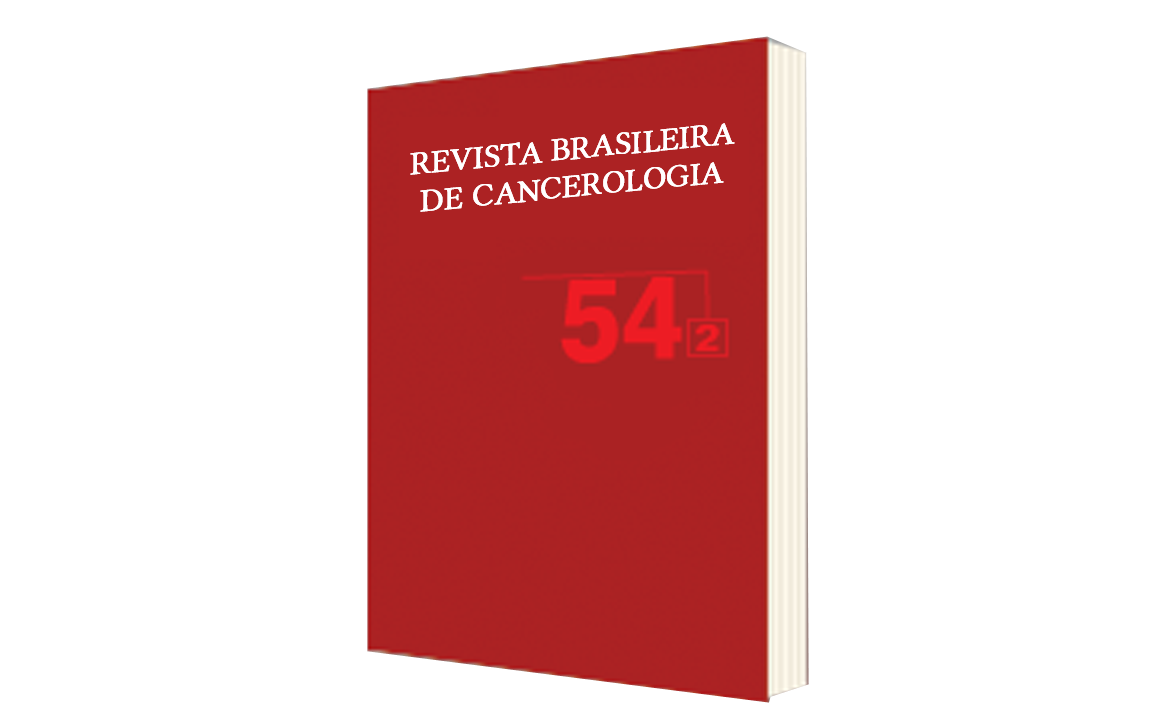High-Grade Non-Hodgkin Lymphoma - Literature Review
DOI:
https://doi.org/10.32635/2176-9745.RBC.2008v54n2.1747Keywords:
Lymphoma, Classification, Therapy, Drug therapy, Drug therapy combinationAbstract
Lymphomas are neoplastic transformations of normal lymphoid cells, located predominantly in lymphoid tissues. Non-Hodgkin lymphoma (NHL) is the fourth most common neoplasm in the United States. It also is the ninth leading cause of cancer death in males and the seventh in females, representing 5% of cancer mortality. High-grade lymphomas represent about 50% of NHLs, and the most common subtypes include diffuse large B-cell lymphoma, grade III follicular lymphoma, mantle cell lymphoma, peripheral T-cell lymphoma, and anaplastic large cell lymphoma. Clinical presentation may vary, and patients should be evaluated for lymphadenopathy, extranodal involvement, and oncologic emergencies. Ann Arbor staging classification remains the best method available for anatomic staging of non-Hodgkin lymphoma and has been universally adopted for this purpose. The international prognostic index is a widely used system to stratify patients with aggressive lymphomas and includes five features found to have approximately an equal and independent effect on survival: age greater than 60, serum LDH greater than upper limit of normal, performance status greater than 2, advanced-stage disease, and involvement of two or more extranodal sites. Positron emission tomography has emerged as a powerful functional imaging tool for staging, restaging, and response assessment of lymphomas. Addition of the monoclonal antibody rituximab to CHOP has shown significant improvement in outcomes compared with CHOP alone and is considered the standard for treating aggressive non-Hodgkin lymphoma. Other options include the addition of etoposide to the CHOP regimen and reduction of treatment intervals.









